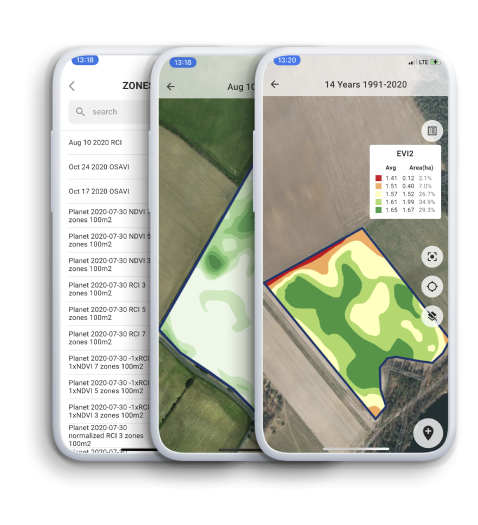A team of researchers has created a technique that measures the soil salt content across the globe with impressive precision, down to 10 meters. This improvement meets the critical need for accurate soil salinity evaluations, a major issue that affects agricultural productivity and soil health worldwide.
Soil salinity, a kind of land degradation, affects over 1 billion hectares across the globe, harming agricultural productivity and the health of the environment. Previous efforts to map soil salinity faced challenges due to the low detail of available datasets and difficulties in showing the continuous changes in soil salinity levels.
Acknowledging these challenges, the research team set out to create a model that uses Sentinel-1/2 images, climate data, terrain information, and advanced machine learning algorithms. Their aim was to estimate soil salt content in five climate regions.
The results were shared in a paper published on March 28, 2024, in the Journal of Remote Sensing. This research introduces an innovation that effectively combines angled spiral channels with periodic contraction-expansion arrays.

At the core of this effort lies the integration of data from various remote sensing technologies, notably the sophisticated Sentinel-1/2 satellites, coupled with the strategic utilization of machine learning algorithms. This approach has led to the development of an advanced model capable of accurately mapping soil salinity with remarkable precision—a resolution of 10 meters, even across diverse climates.
This groundbreaking method takes us far beyond the limitations of previous efforts, which were restricted by their lower resolution and narrower focus on analyzing soil saltiness. Our committed research team has compiled a vast dataset, encompassing global climate patterns, precise measurements of soil salinity at ground level, and a comprehensive array of geospatial variables.
By employing the Random Forest algorithm, the model excels not only in predicting soil salinity with remarkable accuracy but also sheds light on the pivotal roles that climate, groundwater levels, and salinity indices play in the formation of soil salinity landscapes. This advance marks a step forward in our ability to monitor and manage soil health on a global scale.
Professor Zhou Shi, the principal investigator, expressed, “This study represents a significant advancement in our capacity to assess and address soil salinity on a global scale. By integrating satellite imagery with machine learning, we can now pinpoint saline soils with unparalleled accuracy and granularity, providing invaluable insights for sustainable land and agricultural practices.”
The latest research has produced a high-resolution global soil salinity map. This map is a valuable tool for scientists, policymakers, and farmers alike. It helps them effectively tackle soil salinity issues. By pinpointing areas with high salinity, they can take targeted actions to restore soil health.
Additionally, it supports the implementation of sustainable agricultural practices and aids in planning resource management strategies. Moreover, the methodology employed in this research sets a new standard for environmental monitoring, with potential applications in other assessments of land degradation.
More information: Nan Wang et al, Global Soil Salinity Estimation at 10 m Using Multi-Source Remote Sensing, Journal of Remote Sensing (2024). DOI: 10.34133/remotesensing.0130
Remote Sensing









